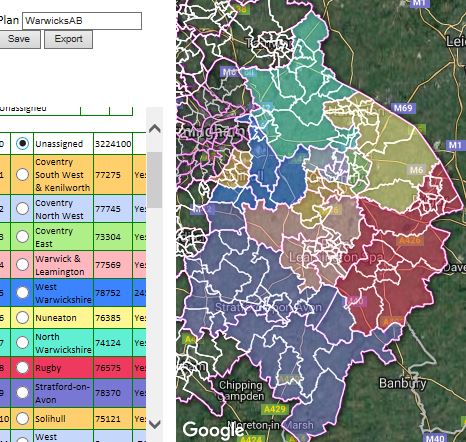Reflections on the Information Age and 2016 Christmas message
Readers, as we come to the end of the year 2016 AD, we also come to an end of another chapter in the history of humanity: The Information Age. Above all else, and amidst all the ideologies humanity has been through since 1980, especially 'neoliberal economics', progress in computer technology and electronics has changed our history forever. Back in 1980, mobile phones simply did not exist and personal computers were still largely being invented even though the first one, the Altair, had gone on sale as far back as 1975, and social media had not even been conceived. Now in 2016, we have many social media outlets, with Facebook and Twitter being the most dominant and seen as essential by most of my young generation, mobile phones in ubiquitous use and with easy internet access, default online communication and access for a majority of services, electronic application forms, and with electronic payments becoming the norm rather than the exception (cash is still useful for securi






